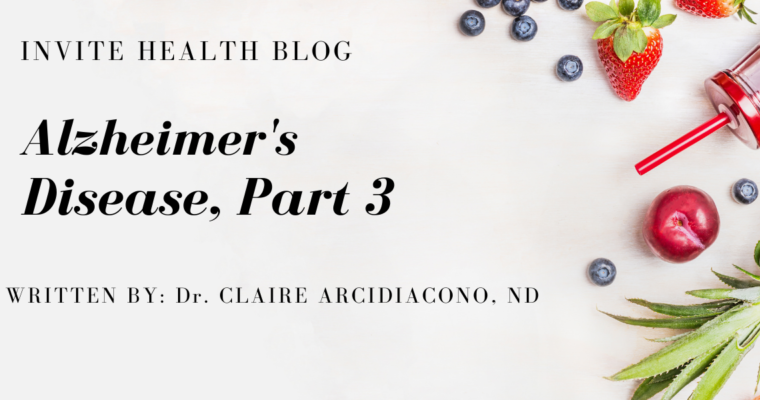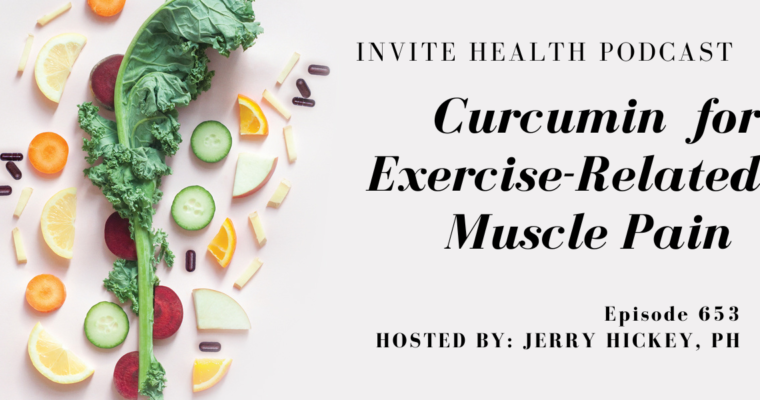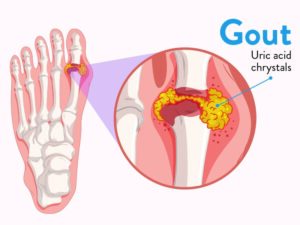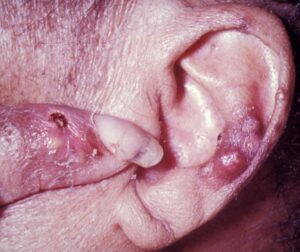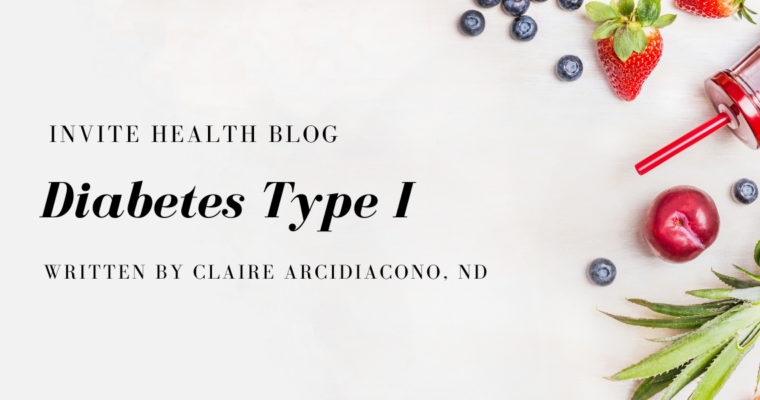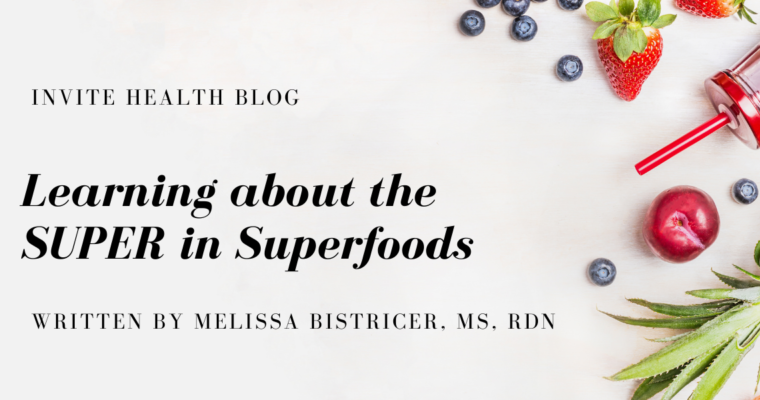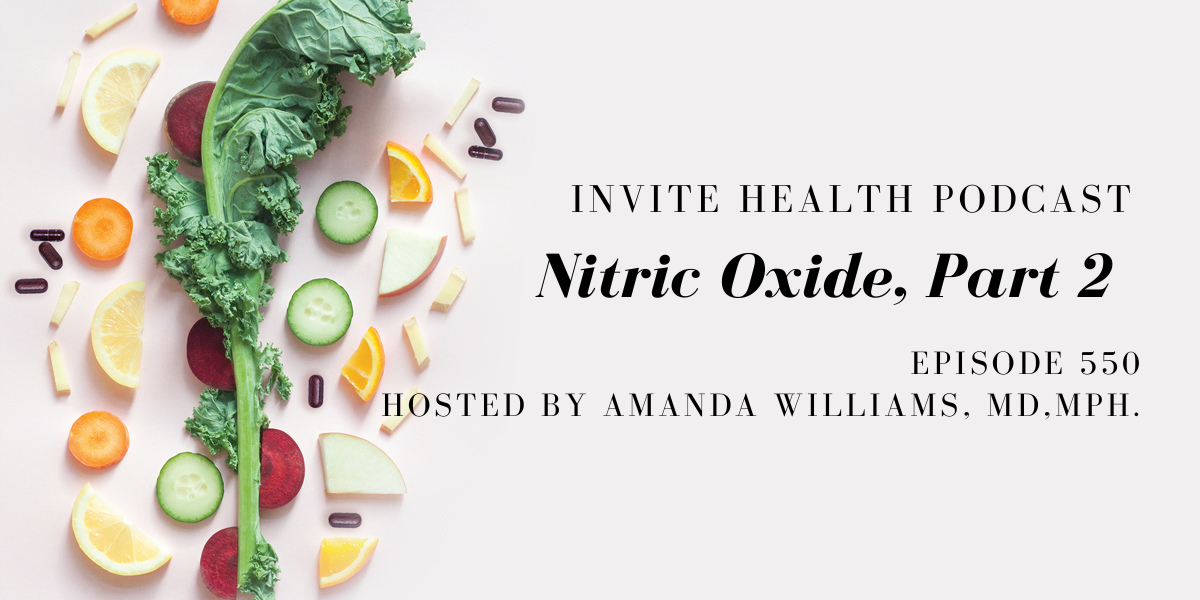nitric oxide
Subscribe Today!
Please see below for a complete transcript of this episode.
Nitric Oxide, Part 2 – InVite Health Podcast, Episode 550
Hosted by Amanda Williams, MD, MPH.
*Intro music*
InViteⓇ Health Podcast Intro: Welcome to the InViteⓇ Health Podcast, where our degreed healthcare professionals are excited to offer you the most important health and wellness information you need to make informed choices about your health. You can learn more about the products discussed in each of these episodes and all that InViteⓇ Health has to offer at www.invitehealth.com/podcast. First time customers can use promo code PODCAST at checkout for an additional 15% off your first purchase. Let’s get started!†
*Intro music*
Amanda Williams, MD, MPH. : [00:00:40] Welcome back for part two on Nitric Oxide. I am super excited to talk about this topic because I feel it’s so relevant to the way that we age, the way that we feel. And it’s certainly overlooked. As I talked about in. Part one, the true impact that nitric oxide has on our body. Is absolutely critical and essential and understanding that every single cell in the body in some way shape or form impacted by our nitric oxide status and understanding that in the United States the average American is completely devoid or deficient of adequate exposure of nitric oxide coming from their diet. And when you recognize how much nitric oxide you’re actually supposed to get every single day, we know that the intake of nitric oxide certainly falls well short of that. You’re supposed to get about 300 or 400 milligrams daily. The average Americans lucky to get about 100, 150. So even if we just think of nitric oxide in its role for cardiovascular health. Well, hey, there’s a sign right there that should also correlate why we have such a high rate of things like hypertension in this country. So today I’m going to be talking about what we should be avoiding and what we should be doing when it comes to trying to create this re-igniting of nitric oxide flow in our system. † [00:02:07]
[00:02:08] So I’m Amanda Williams, MD, MPH, Scientific Director here at InViteⓇ Health and what should we not do? I touched on this a little bit in part one, but we certainly know that there are many things that can majorly disrupt our natural nitric oxide pathways, one of which is using antacids. Now, if you use a mouthwash that contains alcohol or has chlorhexidine, definitely we are going to be wiping out the healthy bacteria that actually promote the production of nitric oxide. This happens through a couple of different phases. So if we wipe those out, we no longer have that ability to activate the enzymatic pathway to produce nitric oxide. Issue: Yes, because now we’re looking at problems with blood pressure, problems with cholesterol. We can look at inflammation in the body. We can look at the impact that can have on your bone health. There’s so much focus often when it comes to oral care and making sure that we have a clean fresh mouth. But we also have to recognize that our mouth has its own microbial environment that is meant to keep us healthy. So while we can have of course too many bad bacteria that reside in our mouth. We also have to be very cognizant of the fact that there are good bacteria that are there for a reason.† [00:03:33]
[00:03:34] So what else do we know can have an impact on nitric oxide? We know that things like antacids. So if you are taking a Tums or something along that line. Proton pump inhibitor. To try to lower your reaction. To foods? Well, first and. Foremost, change your foods. But secondly, think about how that acid reducing medication is actually disrupting once again, that normal production of nitric oxide. Big problem. So understanding that there are many different things that can create these significant imbalances in the system. If you have, you know, standard American diet, you’re taking Tums or you’re taking any type of a acid blocking medication, whether that be prescribed or over-the-counter. We know that these are going to create a clear problem of having nitric oxide deficiency. We have to have that nitric oxide. † [00:04:46]
[00:04:46] How do we reestablish that? This is oftentimes the the million dollar question because nitric oxide has an incredibly short half life to it. So it’s viability in the body. It’s really quick. So how do we get that nitric oxide back in? Well, one option is to use L-arginine. But however, L-Arginine does not work for everyone. If there is the enzymatic pathway issue where your nitric oxide synthase is not properly working. You can take a lot of arginine does not mean you are actually going to generate nitric oxide. So in a sense that can be a big issue. We know that there are many different nutrients that we can be taking in. In terms of our diet that can be very helpful so if we look at foods that are high in nitric oxide producing capabilities we want to be thinking about things like beets, looking at green leafy vegetables like kale, spinach, celery. Watermelon actually has a good amount of nutrients that will help the body create nitric oxide. So if we’re adhering more to that Mediterranean diet, we should be getting adequate exposure to these foods that will help to promote the natural production. So keep that in mind. If we are taking in foods that are loaded with preservatives this is going to deplete nitric oxide. So we want. To trend away from a standard American diet we want to have a Whole Food diet. Now, remember, don’t cook those vegetables down. So if you’re having cruciferous vegetables, such as broccoli, cauliflower, which is a source of nitric oxide components, you don’t want to boil them down to to having no nutrients left. So either eating them raw or steaming them is going to be your your best option. We know that vitamin C and vitamin C containing foods also can help to support nitric oxide production. So any of your peppers, citrus fruits, we know that different cruciferous vegetables certainly have a high amount of vitamin C and that we also know that certain berries and even very dark chocolate can help to promote the release of nitric oxide in the body.† [00:07:18]
KETO DIET VS MEDITERRANEAN DIET – INVITE HEALTH PODCAST, EPISODE 525 >> Listen Now!
[00:07:18] Remember you have the two different pathways to which nitric oxide. So the action of eating and having those good, healthy bacteria in the mouth that can enhance that initial pathway can help with the release of nitric oxide to support the entire system. So we know that. There are many. Different things that we can and that we should be doing we have to be aware of the fact that the diet is really the most detrimental thing to the diminishment of nitric oxide production in the body. So if we have a lot of red meat, we have a lot of saturated fats. These are all ways to which nitric oxide levels are going to go down.† [00:08:04]

[00:08:05] Now, when you look at the foods that are highest in terms of their nitric oxide producing capabilities, this is when we’re really into that green leafy vegetable component looking at the kale, arugula, spinach, chard, these are all very high in that aspect of being able to drive that up. Now, keep in mind, too, not all vegetables are created the same either. So this is why we want to consume a high amount. So if we are incorporating these foods into our diet on a regular basis, then this of course is going to to help to support the natural production of nitric oxide.† [00:08:48]
[00:08:49] So things that we know that we need to be avoiding, we know that we need to avoid saturated fats, the high processed foods. We know that we need to avoid the alcohol based and chlorhexidine, mouthwash and fluoride in the toothpaste. That’s another area, fluoride will screw up that microbial environment. We also know that fluoride can, you know, create disruption when it comes to thyroid function as well. So the foods definitely is the number one place. So hence when you look at. Americans. This is why we know that pretty much the majority of Americans are nitric oxide deficient. We can look at supplementation of nutrients such as the Beets HxⓇ. The beet formulation is a powerful way for your body to be able to enhance the pathway for nitric oxide production. Not only is it the beetroot itself, but we can also look at the impact that that tart cherry can also have when it comes to enhancing. Remember, we’re thinking about that vitamin C component. So the combination that you find in the Beets Hx formulation is a really wonderful way to stimulate up the pathway to which nitric oxide is working. This is why many times when we talk about Beets Hx, it’s in that setting of support for healthy cardiovascular function, for example, for healthy blood pressure. We’re looking at it for maintaining joint health. So and we understand now that nitric oxide is functioning in all different cells throughout the body. So your foods matter. You’re doing high processed foods, a lot of sugary foods, high sodium, you know, brought in by preservatives and things along that line.† [00:10:40]
[00:10:40] Every time you do that, you’re depleting your nitric oxide stores in the body. And if you’re not eating, your green leafy vegetables are having beets or having watermelon having these things, how are you replenishing that? And then you go and you add insult to injury because now you just had all of your, you know, fried foods and these bad foods, you have heartburn. Then you’re taking an acid reflux medication, which is also lowering your nitric oxide. So we can start to see this trickling effect of how our poor dietary choices lead to this significant depletion of nitric oxide. So we definitely don’t want to to do that to ourselves. We want to stop using those antacids. We want to stop using the mouthwash and fluoride toothpaste. We definitely want. To start to increase our vegetables. We don’t want to boil them till they’re nutrient deficient. We want to make sure that they’re steamed or raw. And we want to supplement with a good multivitamin that contains trace minerals that help to enhance intestinal absorption of nitric oxide. So even like core multivitamin would be a good option. We can look at the Beets Hx, certainly L-Arginine is an option, but not for everyone. When it comes to the nitric oxide deficiency issue. So there are many different things. That we know that we can be doing to help to replenish and create that balance.† [00:12:01]
THE AMAZING POWER OF BEETS – INVITE HEALTH PODCAST, EPISODE 143 >> Listen Now!
[00:12:02] Once again, when it comes to our nitric oxide stores, there are so many research studies out there now. There was one that was published in 2015 in the Nutrients Journal looking at how diets that are high in nitric oxide rich foods. Are directly correlated to healthier lifestyles and understanding that that decrease in nitric oxide availability due to endothelial dysfunction and diabetes and obesity, that and you’re not changing the diet, you’re just adding insult to injury. So they have looked and they have found that when people have high nitric oxide, rich foods in their diet, that this really helps to generate up the two different pathways for nitric oxide production. And they see this significant decrease in things like insulin resistance, cardiovascular disease, osteoporosis.† [00:12:53]
[00:12:55] So at the end of the day, if we want to age gracefully, we have to take care of all of our cells. And one of the most important components to that is nitric oxide status in the body. So now you know what to do and what not to do. And if you have questions, you know, you can always reach out to us. We are here to help you help yourself. I want to thank you so much for tuning in to the Invite Health Podcast. Remember, you can find all of our episodes for free wherever you listen to podcasts or by visiting invitehealth.com/podcast make sure that you subscribe and you leave us a review. You can follow us on Facebook, Twitter, and Instagram at InViteⓇ Health and we will see you next time for another episode of the InViteⓇ Health Podcast.† [00:12:55]


